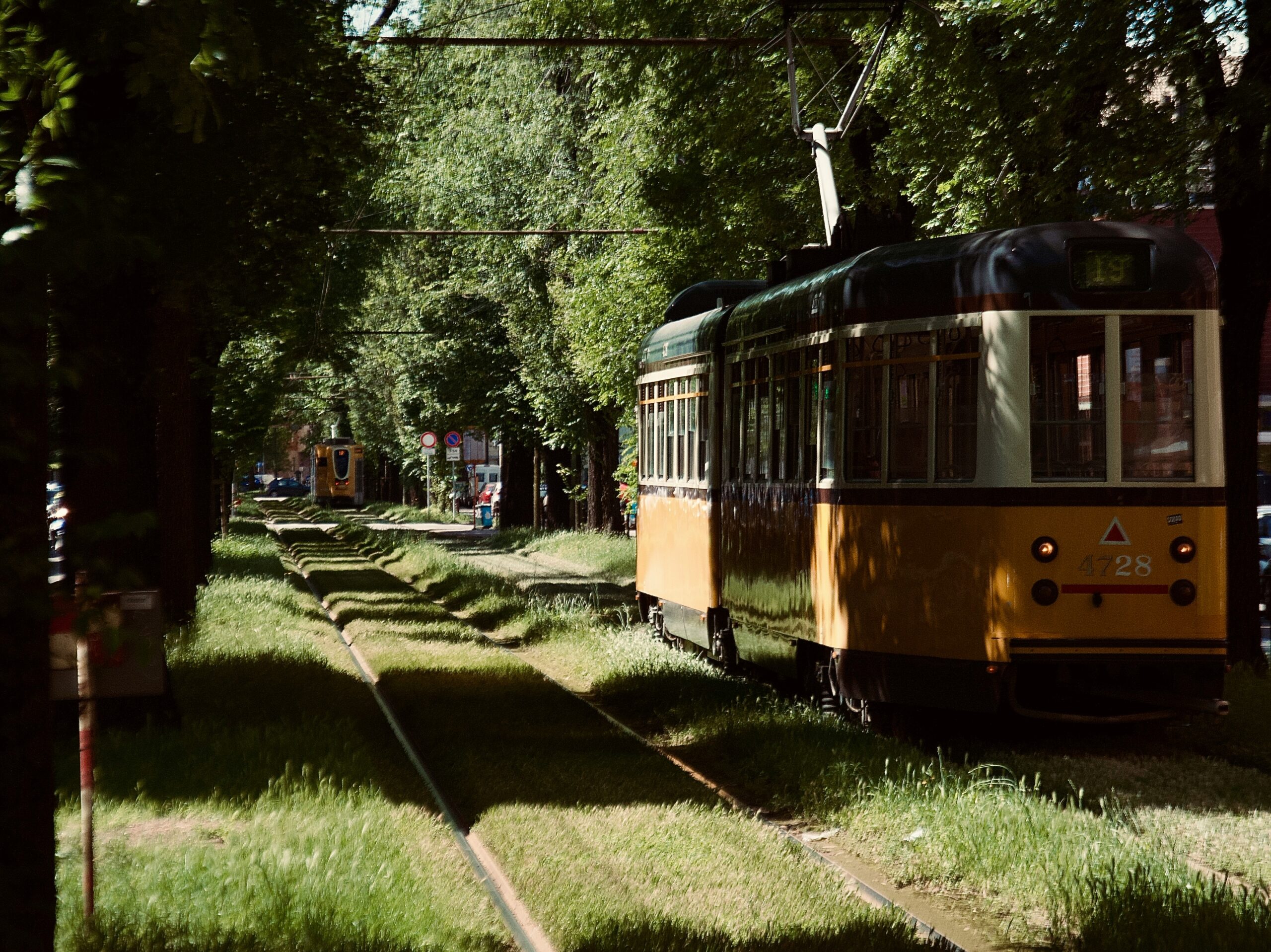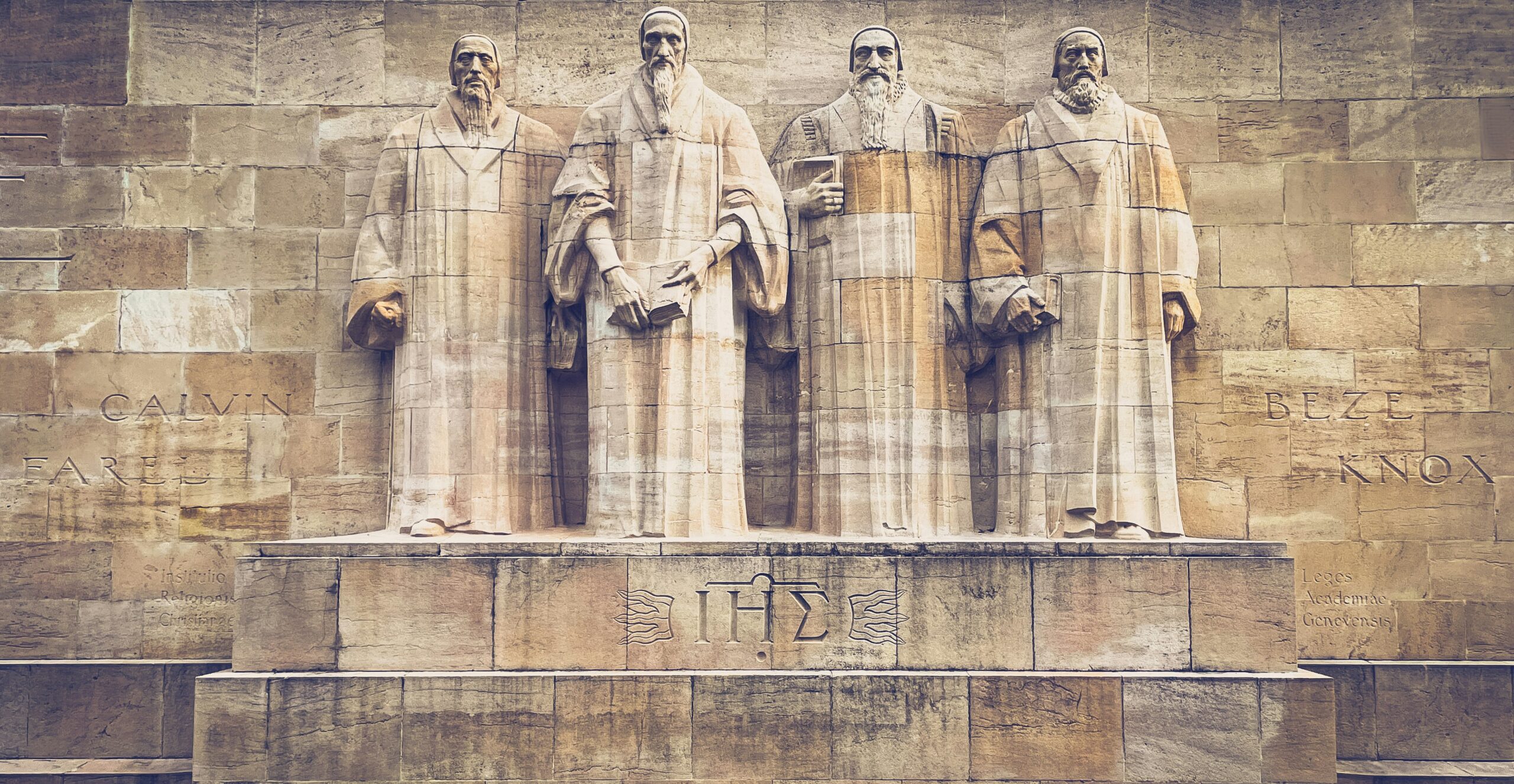In a world increasingly plagued by ecological collapse and digital despair, solarpunk philosophy emerges as a radical act of optimism. Within the first brushstrokes of its aesthetic, it offers more than an imagined future — it proposes an ethical and philosophical framework for survival, community, and beauty. As climate anxiety rises and dystopian visions dominate pop culture, Solarpunk dares to ask: What if the future could be bright, green, and just?
What Is Solarpunk?
Solarpunk is more than an artistic movement — it’s a way of reimagining society through renewable energy, decentralized communities, and post-capitalist imagination. Aesthetically, it combines the organic harmony of nature with the innovation of green technology. Philosophically, it draws from:
- Utopian thought, particularly from thinkers like Ernst Bloch
- Eco-phenomenology, rooted in the works of Merleau-Ponty
- Anarchist theory, emphasizing autonomy and collective action
- Aesthetic ethics, where beauty and justice are seen as intertwined
Aesthetics as Political Resistance
Unlike cyberpunk, which is soaked in cynicism and hyper-capitalism, Solarpunk is rooted in hope as rebellion. This aesthetic optimism is not naïve—it’s strategic. Through visual cues like sunlit architecture, wind turbines, communal gardens, and vertical forests, Solarpunk imagines a sustainable and inclusive future.
“To imagine futures other than the collapse of everything is a political act.” — Ruha Benjamin
In that sense, Solarpunk becomes aesthetic resistance — a form of visual activism that challenges the nihilism dominating contemporary environmental discourse.
The Ethics of Imagined Futures
Solarpunk doesn’t merely present a dream. It requires us to act as if that future were possible — a concept deeply tied to philosopher Hans Vaihinger’s “Philosophy of As If.” It asks:
- What kind of world do we want to live in?
- How do our aesthetic choices influence political ones?
- Can the imagination of a better world change how we live today?
These are not hypothetical questions. In places like Helsinki, Tokyo, and even Detroit, Solarpunk-inspired architecture and urban design are already taking shape.
Solarpunk and the Re-Enchantment of the World
We live in what sociologist Max Weber called a disenchanted world, dominated by rationality, bureaucracy, and capitalist logic. Solarpunk invites a re-enchantment—a return to wonder, locality, and interconnectedness.
Key Solarpunk themes that oppose disenchantment:
- Biophilia: Human-nature connection is central.
- Radical decentralization: Community gardens, shared power grids.
- Joyful resistance: Protest through creation, not destruction.
- Mutual aid: Cooperation replaces competition.
This re-enchantment is deeply philosophical. It mirrors the Aristotelian telos — the idea that everything has a purpose, and that human flourishing (eudaimonia) includes harmony with nature.
Real-World Impacts and Movements
Despite its fictional roots, Solarpunk is already influencing real-world actions:
- Permaculture movements adopt Solarpunk aesthetics for ecological farming.
- Green architecture incorporates passive solar design and living facades.
- Community resilience projects build energy-sharing co-ops.
These are not isolated fantasies. They’re philosophical blueprints being implemented by artists, architects, educators, and urban planners.
Criticisms and Counterpoints
Of course, no utopian vision is without its critics.
- Too idealistic? Some argue Solarpunk underestimates political resistance from entrenched powers.
- Aesthetic over substance? Critics claim it’s too focused on visuals rather than infrastructure.
- Exclusionary optimism? In a world where many communities face climate disaster now, Solarpunk’s future-oriented thinking can seem out of touch.
But to its defenders, these critiques miss the point. Solarpunk isn’t about guaranteeing utopia — it’s about insisting that we imagine something better than dystopia.
The Role of Philosophy in Future-Making
Solarpunk draws from various philosophical traditions:
- Existentialism: Embraces freedom and the responsibility of shaping the world.
- Pragmatism: Stresses action over abstraction.
- Post-structuralism: Challenges binaries like nature vs. technology.
Its pluralistic foundation allows it to be flexible, inclusive, and ever-evolving. It’s not a closed theory — it’s a living philosophy, much like nature itself.
Reimagine
In an era where despair often feels logical and hope seems foolish, Solarpunk is a philosophical act of courage. It urges us not just to consume less, but to create differently — not to survive within the ruins, but to cultivate alternatives now.
We are no longer only asking what is true or just, but also what is beautiful and livable. Solarpunk argues that the future is not written by algorithms or corporate interests — it is imagined by people bold enough to envision it.
🌱 So ask yourself:
What kind of world do you want to help build — and what does it look like?
📎 Related Academic Content
- Petro Pasts and Solar Futures: An Exploration of Critical, Creative and Activist Solarpunk Discourse
🔗 Related Posts from Sociature





Bir yanıt yazın